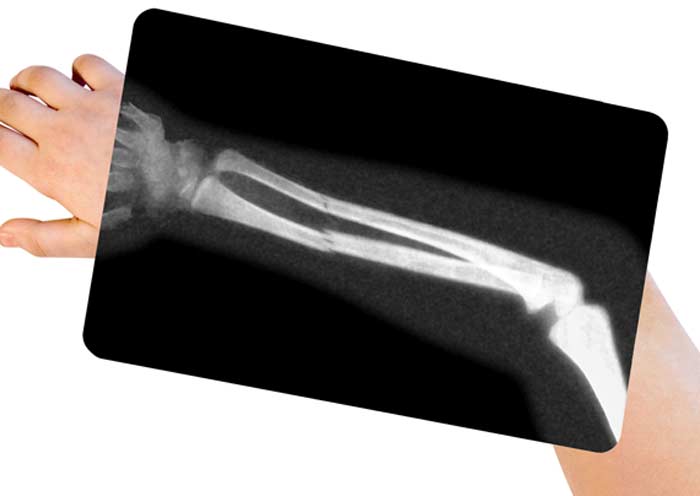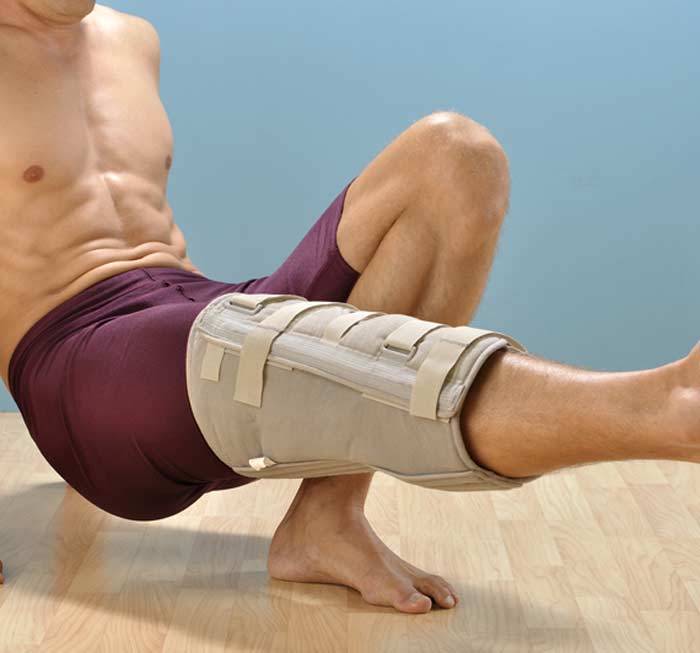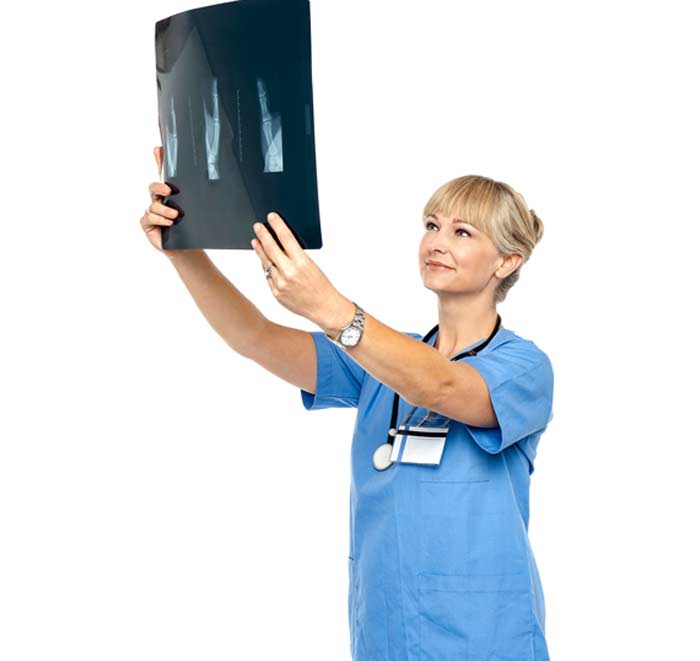
Two types of irregular bone healing that may occur are malunions and nonunions.
Unless a bone break is severe, treatment for a fracture usually involves rest and some type of immobilization to minimize movements with the use of a cast or split. Normally, properly diagnosed and treated fractures will heal well with little or no issues.
Sometimes, however, fractured bones do not heal as expected. In particular, malunion or nonunion can affect any of the body’s 200-plus bones. Patients often result well to appropriate treatments for these healing problems once they are detected.
What Is a Malunion Fracture?
A malunion is a type of deformity that occurs when a bone that’s fractured heals out of its normal alignment or position. Malunions are sometimes caused by improper immobilization of a fractured bone or a misalignment that was present but not detected at the time of immobilization. Poor nutrition, conditions like diabetes that can affect the body’s natural healing process, the use of non-steroidal anti-inflammatory drugs, and unusually weak bones are some lifestyle and health factors that could contribute to malunions. Symptoms suggesting a malunion may include:
- Ongoing discomfort and pain
- Swelling, bruising, or signs of visible deformity
- Limited motion within the affected area


What Is a Nonunion Fracture?
A nonunion occurs when a fracture fails to heal. In some instances, nonunions occur even after surgery is performed to correct a broken bone. A nonunion is usually diagnosed during routine follow-up exams where X-rays or other image tests are performed to determine if healing is progressing as expected. The average healing time for bone healing is about 6-8 weeks. With some nonunion fractures, it may make nine months or so for full healing to occur. If a nonunion does eventually heal, it’s referred to as a delayed union. If complete healing fails to occur at all, it’s sometimes due to the body’s inability to produce sufficient bone tissue. Symptoms associated with nonunions include:
- Pain that’s still felt beyond the point when healing should be complete
- Limited or reduced functioning in the affected area
- Visible swelling or bruising
How Are Malunion and Nonunion Fractures Treated?
Nonunions sometimes respond well to electric stimulation or bracing. If non-surgical options aren’t effective, surgery may be performed to stimulate bone growth with graft material. Some procedures involve the use of plates to restore the fractured bone. Damaged tissues or bones around the fractured bone sometimes need to be repaired as well.
Some malunions do not require treatment if the abnormal bone alignment or position isn’t interfering with functioning. However, if the malunion is limiting range of motion and contributing to other noticeable issues, surgery is usually recommended to restore proper alignment. An osteotomy is a common realignment procedure performed for this purpose. Lengthening or shortening procedures may also be necessary.
The risk of experiencing a malunion and nonunion may be reduced by seeking treatment for a fracture as soon as it becomes clear that a bone could be damaged. It can also be helpful to pay attention to instructions given with follow-up care after a splint or cast is placed on the affected bone. This typically means avoiding excessive strain and paying attention to increases in pain and other signs suggesting that healing isn’t progressing as expected. A broken bone also needs sufficient nutrition to properly heal, especially foods rich in calcium, vitamins C and D, and protein.
